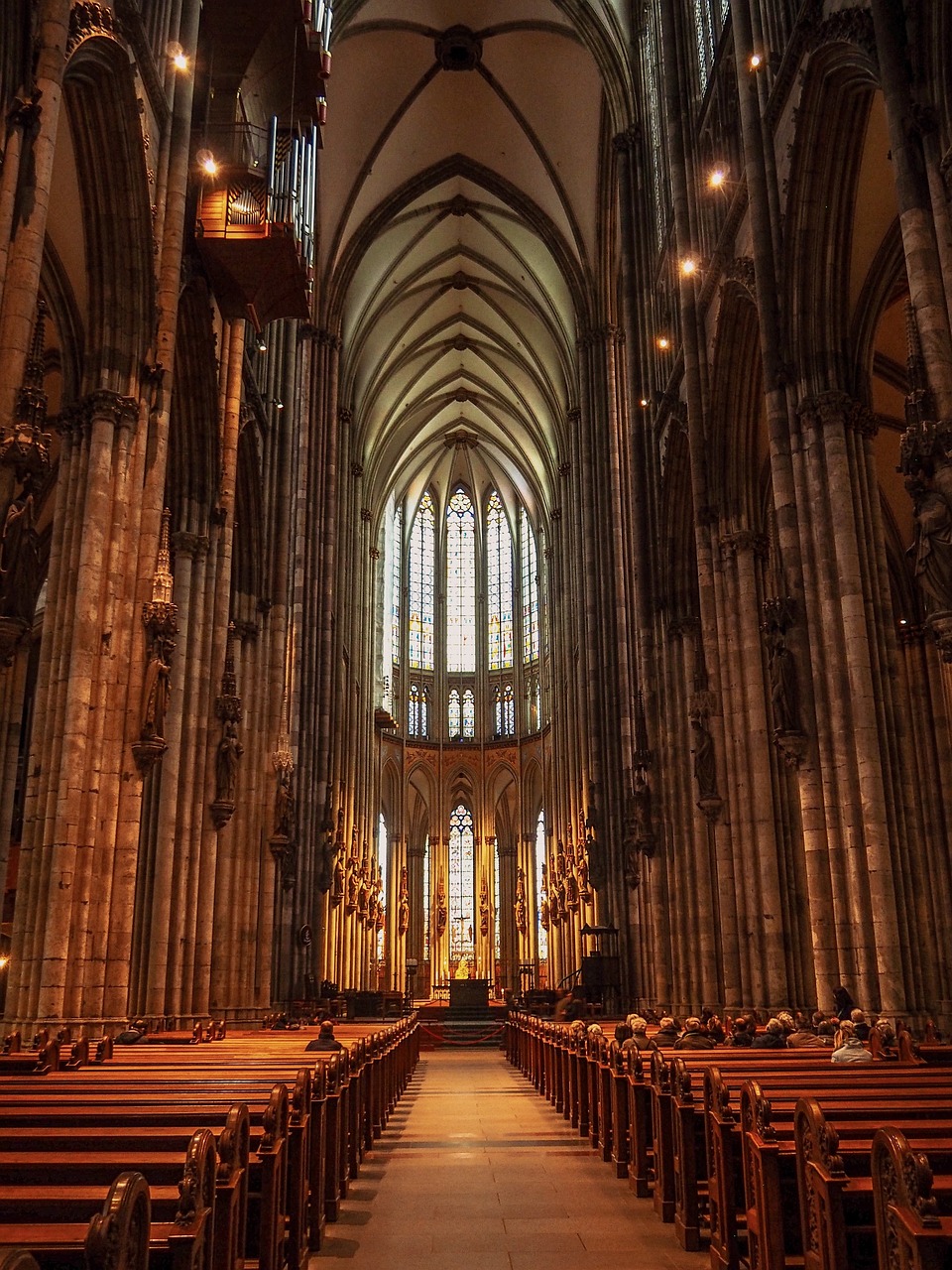In the Gospel of Luke, Jesus says, “Blessed are the eyes that see what you see. For I say to you, many prophets and kings desired to see what you see, but did not see it, and to hear what you hear, but did not hear it.” (Luke 10:23-24) We do not live in Jesus’ time. We have access to some incredible multimedia and visual representations of what life could have been like during Jesus’ life and ministry. Having those visuals can be a light shining into a dark space. They offer a brief look at his time: the people, the clothing, the food, the homes, etc. God made us visual people as well as auditory people, so these visual opportunities can certainly enhance our faith experience. Not everyone has the opportunity to travel to the Holy Land. TV shows and documentaries are excellent resources which help to bring the time of Jesus alive in our imaginations.
Just as there is the temptation to romanticize the past in historical fiction novels, we might have the temptation to think that what Jesus said and did are things that happened, “back then.” There is a very real and important difference between watching a show about Jesus and participating in Mass.
When we are at Mass, we aren’t there to watch. The word “attend” is even problematic. The Mass isn’t a concert or lecture. It’s the real and true participation in the heavenly banquet we all hope to participate in for all eternity. We gather around an altar. Altars aren’t for eating, they’re for sacrifice. Jesus is our paschal lamb, He is the perfect sacrifice which restores us to right relationship with the Father. Since God operates outside of space and time, this perfect sacrifice of Jesus is continually offered for the redemption of humanity. We participate in this eternal sacrifice and communion with the Father when we gather to share the Eucharist.
During the Offertory prayers, though the priest is speaking, he is offering the bread and wine on behalf of the whole community. He asks the Holy Spirit to come transform the gifts we offer. This is one reason why the gifts are brought forward from within the community to the altar.
Many generations have desired to see what we see, to hear what we hear, every time we come to Mass. Many still today long to have free and easy access to regular liturgical practice and cannot. What Jesus said and did isn’t just something that happened long ago. He lives in each baptized member of the Body of Christ. He is present to us, speaking to us, at every single Mass we partake in. There is nothing on earth that can replace Jesus’ true Presence in the Eucharist.
En el Evangelio de Lucas, Jesús dice: “Bienaventurados los ojos que ven lo que ves. Porque os digo que muchos profetas y reyes quisieron ver lo que veis, y no lo vieron, y oír lo que oís, y no oyeron”. (Lucas 10,23-24) No vivimos en el tiempo de Jesús. Tenemos acceso a algunas representaciones multimedia y visuales increíbles de cómo podría haber sido la vida durante la vida y el ministerio de Jesús. Tener esas imágenes puede ser una luz que brilla en un espacio oscuro. Ofrecen una breve mirada a su tiempo: la gente, la ropa, la comida, los hogares, etc. Dios nos hizo personas visuales tanto como auditivas, por lo que estas oportunidades visuales ciertamente pueden mejorar nuestra experiencia de fe. No todo el mundo tiene la oportunidad de viajar a Tierra Santa. Los programas de televisión y los documentales son excelentes recursos que ayudan a revivir el tiempo de Jesús en nuestra imaginación.
Así como existe la tentación de romantizar el pasado en las novelas de ficción histórica, podríamos tener la tentación de pensar que lo que Jesús dijo e hizo son cosas que sucedieron “en aquel entonces”. Hay una diferencia muy real e importante entre ver un programa sobre Jesús y participar en la Misa.
Cuando estamos en Misa, no estamos allí para mirar. La palabra “asistir” es incluso problemática. La Misa no es un concierto o una conferencia. Es la participación real y verdadera en el banquete celestial en el que todos esperamos participar por toda la eternidad. Nos reunimos alrededor de un altar. Los altares no son para comer, son para el sacrificio. Jesús es nuestro cordero pascual, Él es el sacrificio perfecto que nos restaura a la correcta relación con el Padre. Dado que Dios opera fuera del espacio y del tiempo, este sacrificio perfecto de Jesús se ofrece continuamente para la redención de la humanidad. Participamos de este eterno sacrificio y comunión con el Padre cuando nos reunimos para compartir la Eucaristía.
Durante las oraciones del Ofertorio, aunque el sacerdote habla, ofrece el pan y el vino en nombre de toda la comunidad. Pide al Espíritu Santo que venga a transformar los dones que ofrecemos. Esta es una de las razones por las que las ofrendas se llevan al altar desde dentro de la comunidad.
Muchas generaciones han deseado ver lo que vemos, escuchar lo que escuchamos, cada vez que venimos a Misa. Muchos todavía hoy anhelan tener acceso libre y fácil a la práctica litúrgica regular y no pueden. Lo que Jesús dijo e hizo no es solo algo que sucedió hace mucho tiempo. Vive en cada miembro bautizado del Cuerpo de Cristo. Él está presente para nosotros, hablándonos, en cada Misa en la que participamos. No hay nada en la tierra que pueda reemplazar la verdadera Presencia de Jesús en la Eucaristía.
 Kate Taliaferro is an Air Force wife and mother. She is blessed to be able to homeschool, bake bread and fold endless piles of laundry. When not planning a school day, writing a blog post or cooking pasta, Kate can be found curled up with a book or working with some kind of fiber craft. Kate blogs at DailyGraces.net.
Kate Taliaferro is an Air Force wife and mother. She is blessed to be able to homeschool, bake bread and fold endless piles of laundry. When not planning a school day, writing a blog post or cooking pasta, Kate can be found curled up with a book or working with some kind of fiber craft. Kate blogs at DailyGraces.net.
Feature Image Credit: millionairemob, pixabay.com/photos/gothic-church-church-catholic-mass-4045132/

